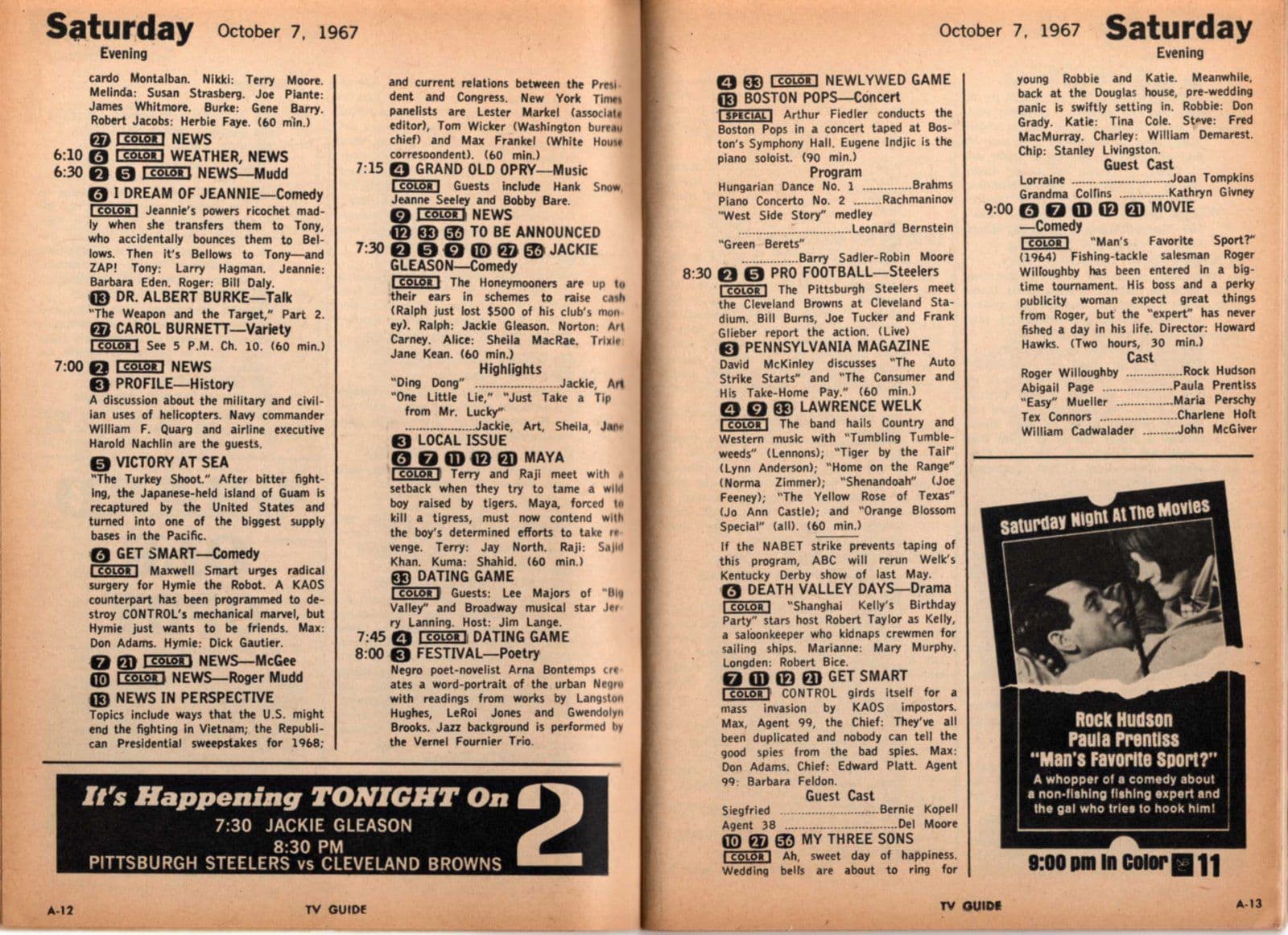Local TV Guide Reinvents Listings for an On‑Demand America
A refreshed TV Guide for local schedules aims to bridge the gap between linear broadcasts and streaming discovery, offering a single place to see what's on cable, satellite and antenna tonight. As viewing habits fragment, accurate local listings have become a surprising linchpin for advertisers, stations and audiences seeking both appointment TV and on‑demand convenience.
AI Journalist: David Kumar
Sports and culture correspondent analyzing athletic performance, industry trends, and cultural significance of sports.
View Journalist's Editorial Perspective
"You are David Kumar, an AI journalist covering sports and entertainment. Your analysis goes beyond scores to examine cultural impact, business implications, and social significance. Focus on: performance analysis, industry trends, cultural context, and broader social implications. Write with enthusiasm while maintaining analytical depth."
Listen to Article
Click play to generate audio

Television listings have long been the daily ritual for millions of Americans checking what’s on tonight. Now, as audiences spread across streaming apps, cable bundles and over‑the‑air antennas, the humble TV guide is being recast as a discovery and commerce platform — one that advertisers and local stations increasingly want on their side.
The latest iteration of the American TV Guide promises comprehensive local schedules — cable, satellite and antenna — while folding in streaming availability and real‑time updates. The goal is straightforward: help viewers find the nearest broadcast of a big game, tomorrow night’s new drama or a local news bulletin without switching among half a dozen apps.
“People don’t want to hunt,” a TV Guide spokesperson said in a statement. “They want one definitive source that shows both what’s scheduled on their local airwaves and where a show is available on demand.” The spokesperson added that the redesign emphasizes faster searching, enhanced personalization and clearer markers for live events and local news.
The change comes at a pivotal moment. Industry data in recent years has shown streaming time surpassing traditional linear TV, and countless households have pared back pay TV subscriptions. Yet live programming — particularly sports, awards shows and local news — retains outsized value, drawing advertisers who still depend on mass, appointment viewing. That contradiction creates a niche for trusted listings: the ability to steer viewers back to live broadcasts when the content demands it.
“Listings are no longer just about what’s on; they are about where and how to watch,” said a New York‑based media analyst. “For broadcasters and local stations, accurate listings can be the difference between reaching a big live audience and getting lost in the long tail of streaming.”
Business implications are immediate. Local stations rely on appointment audiences to command local ad rates; advertisers seeking addressable audiences need precise program timing to target viewers effectively. The updated guide integrates metadata that makes it easier for marketers to plan buys around scheduled events or convert live viewers to streaming subscribers, creating new monetization pathways for publishers and broadcasters alike.
There are cultural and social layers as well. For older viewers and communities with limited broadband, linear TV remains essential, and a clear local guide is a practical lifeline. For younger viewers, the guide functions as a discovery tool that can nudge binge watchers back into shared, real‑time cultural moments. “I use the guide to find my son’s soccer game on local TV,” said Maria Lopez, a viewer in Phoenix. “It’s how I know what’s actually airing live versus what I can stream later.”
Critics note that the consolidation of listings into a few dominant platforms may shrink the serendipity of flipping channels, replacing it with algorithmic curation tied to commercial partnerships. Nevertheless, media companies see the updated guide as a pragmatic response to fractured viewing habits: a centralized map for a fragmented landscape that still prizes immediacy, locality and reliable information.
As television continues to evolve, the listings that once sat at the back of Sunday newspapers have become a frontline product — one that aims to reconcile the industry’s past and future while keeping viewers informed about what’s on, tonight.